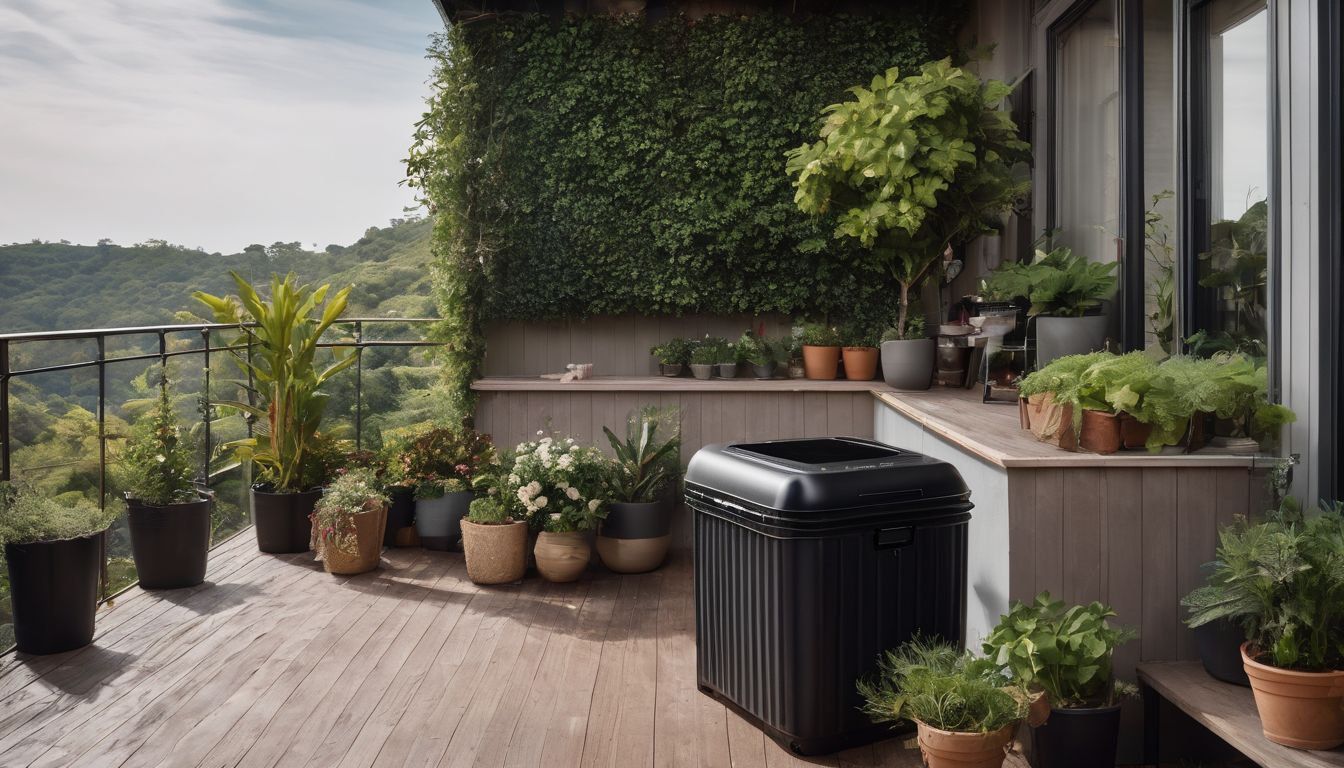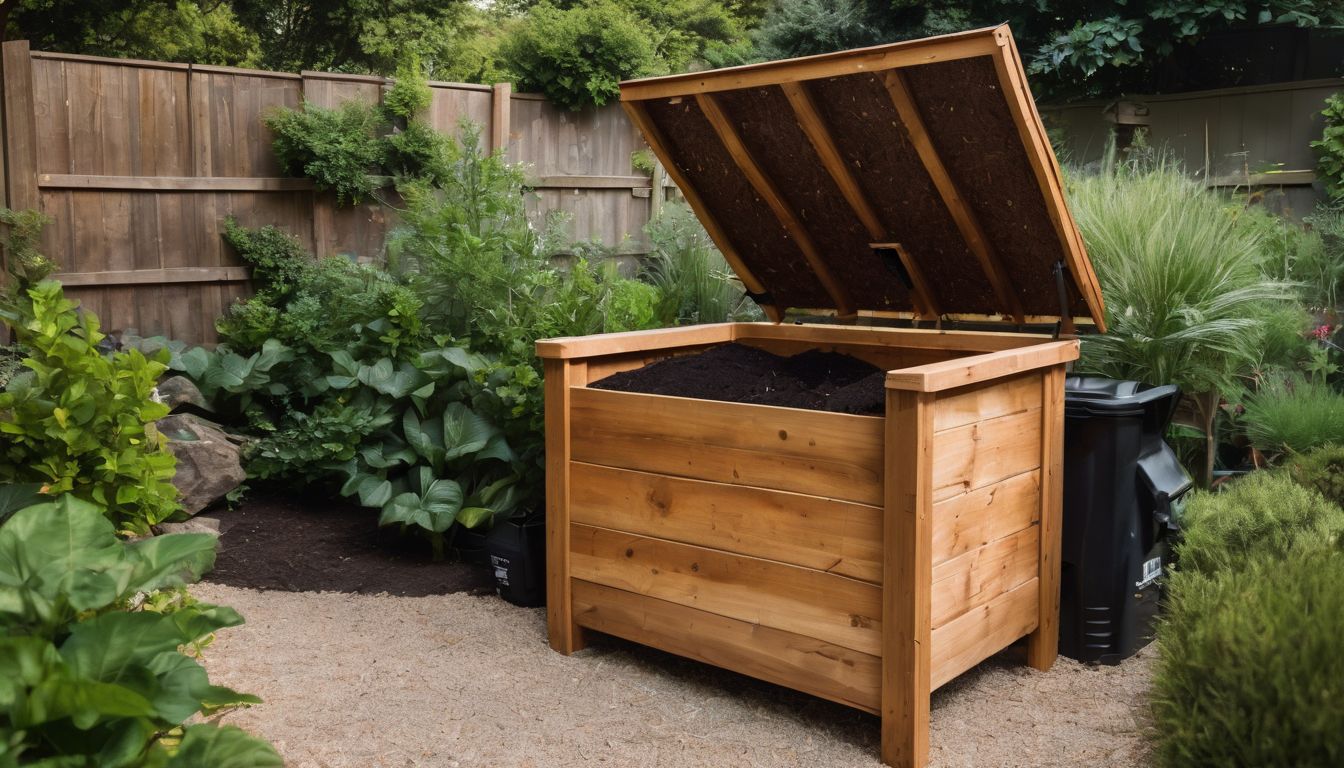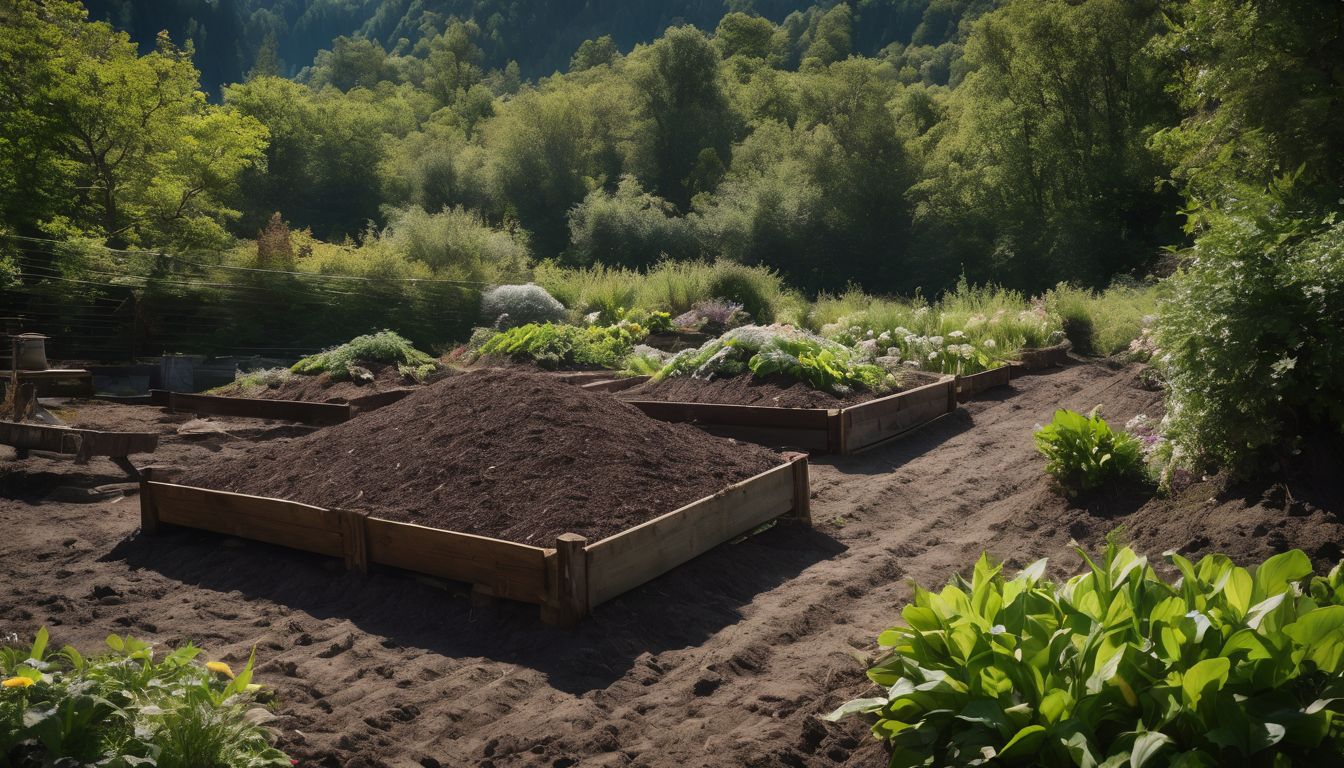Here’s a guide to building a toilet lid sink! Did you know that water used to flush a toilet is completely potable?1 Before the water gets used for flushing the toilet, why not use the water to wash your hands? By installing a sink on top of your toilet, you can create a mini-wastewater system to flush your toilet with the water that goes down the sink drain. Even better, it has benefits for the environment, for space saving, and for your health.
Benefits for the environment: Washing your hands takes around 2 gallons of water.2 While that may not sound like much, you certainly wash your hands at least once a day, meaning you unnecessarily waste over 700 gallons a year. Extracting 700 gallons fewer of water each year from our precious ecosystems is undoubtedly a good thing.
Benefits for saving space: If your bathroom is like many I know, there just isn’t a lot of space to move around. If you don’t have a sink inside the bathroom, want to get rid of your current sink, or just want to add an extra sink to the bathroom, then you’ll want to install this toilet lid sink.
Benefits for your health: It might sound a bit paradoxical, but using the top of your toilet as a sink can actually be good for your health. After you’re done using the toilet, you normally have to touch the handle to wash your hands, leaving bacteria on the sink handle. This touchless sink, on the other hand, automatically turns on after you flush the toilet. Minimizing common sources of contamination is always good for your health!3
Time and Effort: Moderate Although this project does require a significant amount of measuring and cutting solid materials, it is simple enough that it should only take a couple hours to complete.
Cost: Low to Moderate If you already have the tools, all the materials shouldn’t cost more than $20-$30 to buy from a local hardware store. However, many of these materials could be upgraded for aesthetic purposes, which could increase the price depending on the type of sink, faucet, or wood that you choose to buy instead.
Materials:
9” by 20” sheet wood
Plastic Funnel
½” Copper Tubing
8” Metal Bowl
4’ of 1/8” Vinyl Tubing
4 L-Shaped Brackets
Small Wood Screws (for the L Brackets)
Scrap Paper
Silicone Latex Caulking Glue
Steel Bending Wire
Hand Drill
Jig Saw
½” Spade Drill Bit
1/8” Drill Bit
Center Punch
Sharpie
3” Hole Saw
Exacto Knife4
Sand Paper5
Tubing Cutter6
Directions:
I. Tracing the Tank: Before you cut or build anything, you’ll need to trace an outline of the position of major parts of the toilet. If you’re not familiar with the parts of a toilet, check out this diagram: http://www.ci.durham.nc.us/departments/wm/images/toilet-labeled.gif
- First, take the tank lid off of the toilet tank. Soon, you’ll be replacing this tank lid entirely with a new sink and wooden counter.
- Find the rubber refill tube that connects the inlet valve to the overflow tube. Slowly take the rubber tube out of the overflow tube and place the plastic funnel over the top of the overflow tube.
- Stick the narrow end of the plastic funnel in where the rubber tube used to be. Since the funnel has to fit underneath the new tank lid, pick a spot on the top rim of the tank. Mark the height of this point on the funnel with a sharpie. Take the funnel out again.
d. Using the scrap paper and sharpie, trace all around the toilet rim so you know how it fits under the new tank lid. Also trace the size and position of the outlet valve, since this will determine where you center your new sink. - Finally, trace the tank lid on the scrap paper around the outline of the toilet rim. This will help you build a new tank lid that is around the same size as the one you have right now.7
II. Cutting a New Tank Lid: Since you’ll be doing some heavy cutting, get a few of the materials ready. Gather the scrap paper outline, jig saw, hole saw, sand paper, scissors, center punch, drill, and drill bit.
- Copy the outline trace of your tank lid onto the sheet wood. Using the jig saw, cut along the outline to cut the new tank lid. Using sand paper, smooth out any rough cuts and uneven edges.
- Using scissors, cut out the outline of the inside rim of the toilet. Set the trace in the middle of the new sheet wood lid.
- Using the center punch, punch the center of where the overflow tube appears on the outline. Remove the paper outline.
- Using the hole saw, cut out a 3” diameter hole in the sheet wood with the punched center as the center of the new hole.8
III. Installing the Sink Bowl: You’ll need a sharpie, exacto knife, metal bowl, 1/8” drill bit, the plastic funnel, and some caulking glue.
- a. Find the mark on your plastic tunnel. Using a sharpie, extend this mark into a circle around the funnel, making sure to stay the same height from the opening of the funnel all the way around.
b. Using the exacto knife, cut along the line on the plastic funnel, leaving behind a funnel with a shorter height. Make sure the funnel fits completely through the 3” diameter hole in the sheet wood. Now set the funnel aside.
c. Get the metal bowl. This will act as your sink basin. Using the 1/8” drill bit, drill a few drain holes in the center of the bowl. Before you drill, be sure the water falling through the drain holes are centered and closely spaced enough to fall inside the funnel underneath.
d. Flip the metal bowl and center the opening of the funnel onto the bottom of the metal bowl. Using caulking glue, glue the rim of the funnel onto the metal bowl in this position.9
IV. Installing the Faucet: Now you will build and install the faucet. You’ll need the copper tubing, steel bending wire, tubing cutter, and spade bit.
- The faucet will essentially be the copper tubing bent into an upside down “J”. If you can imagine a normal faucet, the long straight part will end up being in the back and the curved part will be the opening that pours water out.
- In order to bend it without denting it inwards, you should wrap the steel bending wire around the part of the copper tubing that you’ll bend. As the copper bends, you may need to retighten the wire around the copper tube.
- Determine how high you’ll need the faucet to be in order for the water in the faucet to stay in the metal bowl. Using a tubing cutter cut off any extra copper tubing you don’t need.
- Next, you’ll need to cut an opening to place the faucet in the tank lid. Using the ½” spade drill bit, drill the hole at around 3” away from 3” diameter hole. To make the sink easier to use, think about the side that you can approach the sink on top of the toilet, and make sure to place the faucet diagonally opposite where you will be. Also make sure that the hole stays within the edge of the inner rim of the toilet tank.
- Now you can just stick the long end of the faucet into the hole. The friction of the copper against the wooden edge should allow it to stay securely in place.10
V. Installing Brackets: Since you don’t want your tank lid to move around all over the place, you’ll need to install L-shaped brackets underneath the tank lid that will go inside the inner walls of the toilet.
- Recover the trace outline of the tank rim from before. Center the paper onto the bottom of the tank lid and place one bracket in the middle of each of the four edges of the outline, making sure that the vertical sides of the bracket also fit within the toilet walls.
- Carefully remove the paper outline from underneath the brackets without moving the brackets from their current position. Using the small wood screws, fasten the L-shaped brackets down onto the wooden tank lid. 11
VI. Connecting the Water: Finally, you can connect the water to the faucet. You’ll just need your vinyl tubing and metal bowl/funnel contraption.
- Find the rubber tube that you took out of the overflow tube in Step 1. Remove it from the inlet valve and take it out of the tank. Attach the vinyl tubing to the same place where you pulled off the original rubber tube.
- Now thread the tube up through the opening of the copper faucet and around the bend until it almost reaches the other opening of the faucet.
- Lower the wooden tank lid onto the toilet tank and make sure that the vinyl tubing stays out of the way for everything else.
- When the tank lid is completely on, there should still be a gaping 3” hole where the bowl will be. Stick the funnel down the 3” hole and stick the narrow end over the overflow tube.
VII. Finishing the Project: You’re basically done, so now test it to make sure it actually works and add the finishing touches.
- Flush the toilet. Water should soon come out of the faucet and into the metal bowl, draining into the overflow tube until the toilet completely refills.
- Add a soap dispenser next to the faucet. In order to wash your hands, you’ll need some soap. Simply place a soap dispenser next to the faucet in an area that won’t get in the way of washing your hands.
- It’s probably a good idea to waterproof the wood tank lid. Since you’ll probably spill some water on the surface and since some water will inevitably evaporate on the bottom of the lid, paint some waterproofing sealer on your wood to preserve your new project.
- Enjoy!




